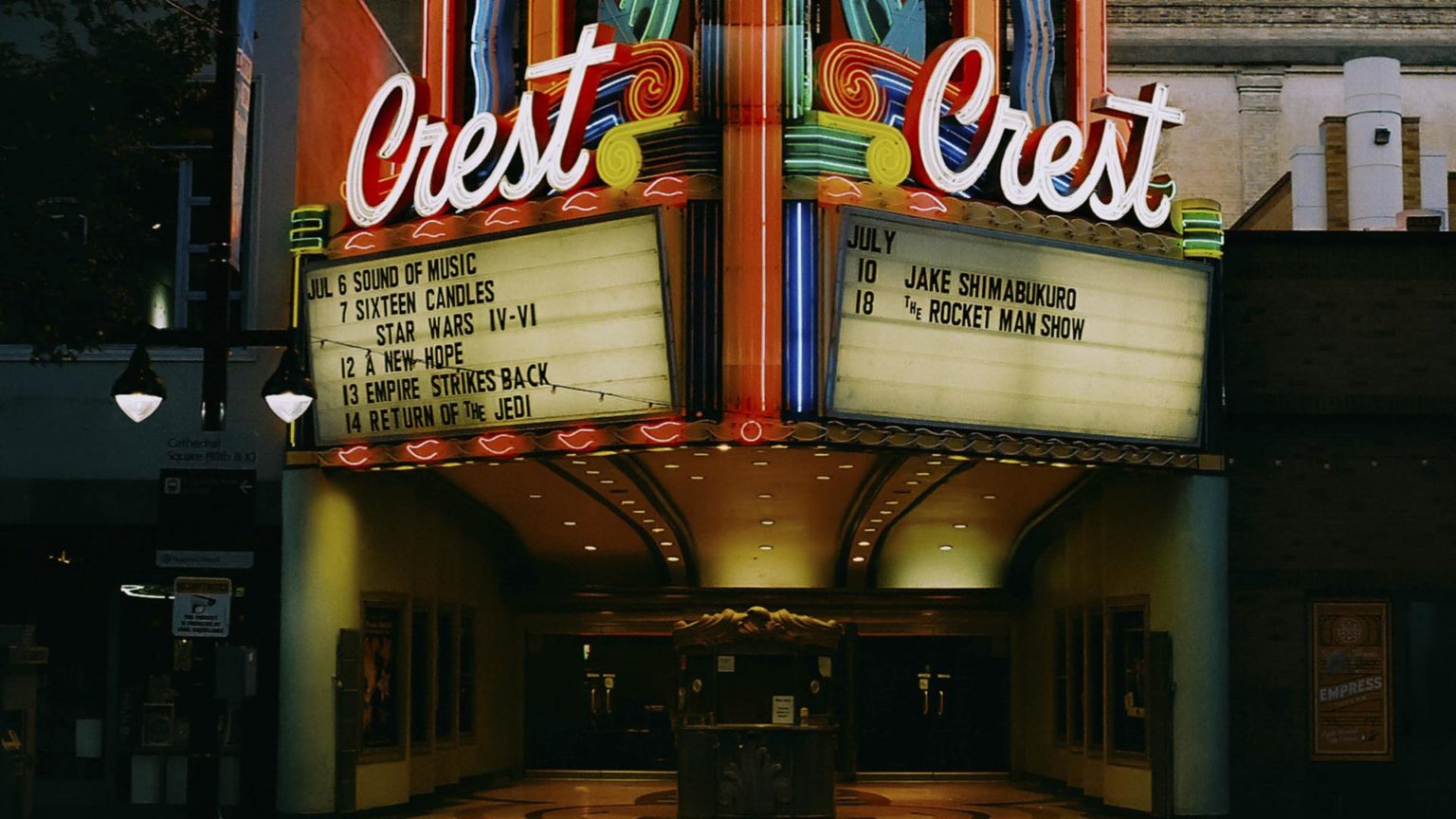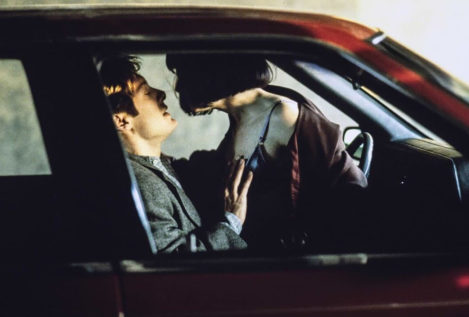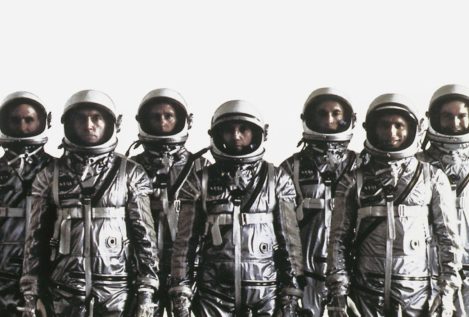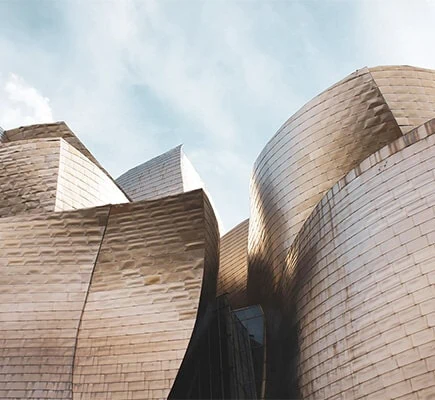Shadows in Flight
In this blog the cinema buff that I am will speak once a month about cinema. Which is to say; I’ll talk about anything that has to do with cinema

Kyle Smith | Unsplash
Few artistic forms depend as much as the cinema on the material conditions of production, distribution and reception which are in effect at any given historical moment: if television or digital platforms did not exist, we cinephiles would have gone months without being able to see a film during this pandemic, which has caused so many theaters to close their doors. It’s what happened during the Spanish Flu one hundred years ago: as many as 83 movie theaters in Los Angeles closed in early 1918, at the same time that the studios of young Hollywood saw their already burgeoning production dwindle. Allan Dwann, a brilliant pioneer who lived almost to be a hundred and who left Peter Bogdanovich a compelling oral tale of the beginnings of the industry, survived the illness; so did Mary Pickford and the Gish sisters. In two months of inactivity, says journalist Hadley Meares in The Hollywood Reporter, Los Angeles theaters lost a million dollars a week. When their reopening was announced, the venerable Los Angeles Times —founded in 1881— declared the “funless season” over and asssured moviegoers that in the theaters they would find the most brilliant and lively movies that had just come out of production. The figures as well as the headlines give a good idea of how centrally important the cinema was becoming as mass entertainment; the western world was filling up with new screening spaces, some of them with a seating capacity difficult to imagine today: on opening its doors in 1918, the Million Dollar Theater in Los Angeles had 2345 seats. Ben-Hur was shown there for sixth months in a production by Louis B. Mayer and Irving Thalberg, both of whom, incidentally, are portrayed as crude Philistines by David Fincher in his disappointing Mank.
But there is no need to go to California to understand what the film experience came to be in the Golden age of the big theaters, which goes from the 1920s to —shall we say— the end of the seventies. Our own Víctor Erice has told the story with expert craft in La Mort Rouge (The Red Death), a medium-length film that takes its name from the imaginary town where the plot of Sherlock Holmes and the Scarlet Claw unfolds, one of the films from the series devoted to the novels of Sherlock Holmes, starring Basil Rathbone and,directed by Roy William Neill in 1944. The Basque director’s warm voice tells how as a child he went to see the film when it was shown in the theater of San Sebastian’s now disappeared Casino Gran Kursaal at some point in the second half of 1945, as he learned from examining the newspapers of the time. The members of a devastated society sought refuge in the cinema’s imaginary, he says: Spain was in the throes of the post-war period and the world was counting up its dead. But the child was only five years old; all of that he understood much later. To get into the theater you had cross the closed off rooms of the casino, which had only been in operation for two years after gambling was declared illegal by Primo de Rivera in 1923. In the theater, 800 people sat watching with perfect imperturabability as the victims of the terrible scarlet claw succumbed. A black hole in the plot of reality, through which the innocence of the world disappeared: that is how as an adult Erice sums up the impression that the phenomenon of the darkened theater made on him as a boy.
For those viewers, the film experience had to have been overwhelming: the way a peasant from the middle ages might have contemplated the stained glass windows of a cathedral. There was no televisión nor were there any tablets or cell phones. The moving image was projected onto enormous screens inside big modern palaces, like the old Biograph Theater, at the doors of which the gangster John Dillinger met his death, after watching a film about gangsters based on his fortunes. But the cinema also reached more modest or unlikely corners, as Erice himself showed in El espíritu de la colmena (The Spirit of the Beehive); little Ana Torrent goes to a showing of Frankenstein in her small Castilian village where an itinerant projectionist is passing through and, like Erice as a boy in the Gran Kursaal casino, she doessn´t know the difference between fiction and reality.
That was the cinema before it was the cinema, you might say: before there were art-house cinemas, theory, and film enthusiasts. And while we are not in a position to say that those viewers enjoyed a privileged position, you have to recognize the unrepeatable singularity of that exclusive habit of theirs: the cinema was in the cinema and nowhere else. I remember the deceased Ángel Fernández-Santos, critic for El País in the 80s and 90s, like no other, who wrote on a certain occasion that it was not the same thing to see a film at home, with the light on and a vase beside the TV set. Not to mention the commercials or one of the children crying! But, let’s get it all out: for anyone who did not live in a big city, that was the only way to watch a movie. It is also true that public TV channels could do things then that are unthinkable nowadays, like letting the filmmaker Antonio Drove schedule a a cycle devoted to Douglas Sirk and make a trip to Switzerland to interview him. That interesting adventure was told by Drove himself in a memorable book that was reissued a couple of years ago. Members of my generation are well aware: TVE gave us Hitchcock and Lang, while the regional TV channels offered classic westerns right after the midday meal, to the delight of the oldtime cinema buffs. For the rest, the critic Jonathan Rosenbaum had already pointed out in 2004 that if the majority of viewers watch movies more often on their TVs than in the theater, the question of what the cinema is needs perhaps to be answered in a different way.
Be that as it may, the temporary closing of the theaters during the Covid19 pandemic has fed fears of its disappearance in the digital age. If television has already reduced the average age of viewers and triggered the closure of the big old monumental theaters, like the Astoria Cinema in Malaga where I saw the release of The Godfather, Part 3 (the one that Coppola has now re-edited and can be seen on Apple TV after a quick run in the theaters), Internet has brought with it unsuspected possibilities for viewing. There is no need any more to leave home, and by now more than a few notable works —from Cuarón to Scorsese or Sofia Coppola— have been released directly onto platforms or have been moved there after showing for a few weeks in the cinemas. Confinement to our homes has reinforced this trend, at the same time that it has held back the release of various blockbusters (like the new movie in the James Bond series) and occasionally of an auteur film (like The French Dispatch by Wes Anderson). In this context, Warner’s decision to stream its new productions directly onto HBO Max, among them Dune by Denis Villeneuve, has angered the filmmaker and Christopher Nolan himself: both take this to mean that the future of theaters is in jeopardy.
There are those who disagree. Richard Linklater has said, in Sight & Sound, that the appetite for the collective film experience on the big screen arises from a human need for community. In the same issue of the longstanding British journal, the critic Nick Pinkerton has posed the question of whether the temporary closing of theaters will allow us understand better how singular such a social space is, in which people who do not know one another practice a voyeurism full of ambiguities. There will be time, in this blog, to reflect on the dark side of cinema. But it is hard not to agree with Pinkerton when he expresses the fear that this artistic form might end up being consumed exclusively in the private space of the home, inasmuch as something important would be lost in the process—despite the annoying bags of potato chips or the viewers’ running commentary as the plot unfolds. In the free summer session of the Albéniz Cinema in Malaga I have even seen a child tell his father the whole film out loud because his dad could not read the subtitles. On top of that, the big screen has influenced the language of the medium: the cinema would have kept on being offered in the square format of 1.33:1 if we had never had the technical possibility of projecting film in a panoramic format.
It goes without saying that the ideal thing is to combine the advantages of both worlds: to go to the premiering cinema, as well as to retrospectives or film festivals that are within reach, while we take advantage of the technology for home consumption. And I am not referring only to digital platforms, be they the big ones (like Amazon Prime Video, HBO or Netflix) or the specialized ones (like Mubi o Filmin). To these we would have to add not just those channels for streaming created by institutions, theaters and private firms (though here the Internet space without borders erects territorial walls; in Spain we cannot see the films from the British Film Institute or the cinemas of London or New York). We also want the editions in DVD or preferably Blu-Ray (with its seriously good image quality), which can be found on the global market (offering the attraction of high-quality extras, like the ones that Criterion, Arrow Academy or Eureka put out), together with the projectors that allow us to see movies at home in far from negligible conditions. In fact, the new launches of classic and modern cinema in Blu-Ray are an excellent way to keep the conversation about the history of the medium alive. Especially when the films come from digital restoration sponsored by such good-doing institutions as the Cineteca of Bologna. The series of films with Marlene Dietrich directed by Josef von Sternberg for Paramount in the first half of the thirties, for example, shine with their own light in Criterion’s recent compilation; the same can be said of Buster Keaton’s work in the 20s, issued by Eureka. In an interview with Manu Yáñez, the director of the excellent film Martin Eden, the Italian Pietro Marcello, has vindicated the work of Italian filmmakers of the post-WWII period such as Alberto Lattuada or the even more recondite Raffaello Matarazzo, whose unbridled melodramas are available in a boxed set in the Eclipse series from the American company Criterion. Here we have a market that can only survive globally, as a congregation of cinema buffs dispersed throughout the world. Whether that culture survives or does not survive into the near future is a different matter; that it might even grow strikes us as being as unlikely as that it will disappear: minorities have a say. There are ambivalent signs: the pandemic has spelt the end of the excellent American journal Film Comment, put out by the Lincoln Center, while in Spain Caimán brought out issue No. 100 and Dirigido grows more venerable, as do Cahiers and Positif in France.
Casting a glance backward is not only indispensable to make sense of and contextualize today’s cinema: it is a permanent source of different pleasures. Among them is the pleasure of tracing technologies whose possibilities have set the pace for producers and filmmakers throughout the years: the cinema of the 50s has color that is not there in the 60s, while the texture of cinema in the 90s disappears some years later. In the Spanish edition of Phantom Thread, one of Paul Thomas Anderson’s masterpieces, there is an extra bit of content that is priceless: the director comments on camera proofs filmed through different lenses, thereby uncovering the different possibilities directors have at their disposal to give us their version of reality. Naturally the history of cinema is inexhaustible, because it allows for—if it does not require— different angles on it: the origin and development of genres; studio identities; the pressures of censorship; public response in different times and in different societies; the formal evolution of the médium; the trajectory and mutual influence of the different national cinematographies, and so on. A bored cinema buff? A contradiction in terms.
Fortunately, the cinema stays alive. It’s true that we are no longer in the fertile period of the studios nor the creative 60s of the new waves; the great filmmakers of the second half of the 20th century have either stopped working or are entering old age. And though it is a matter of taste, superhero cinema has so little to say that it would be better that it did not say it at all. There are other dangers, among them the shifting of resources and talents to the television format or the empire of the politically correct, which threatens to transform cinema aimed at a general audience into an neverending lesson in morality. Despite having made efforts himself to be more “inclusive”, the great British critic David Thomson has warned us about this in his latest book: a good share of the cinema’s appeal lies in its flirtation with the illicit and the transgressive; if that disappears, the redemptive impulse of the present might end up doing more damage than it seeks to avoid. We shall see. For the moment we have to trust in the ability of new directors to make films as overwhelming as Toni Erdman, First Cow, The Wild Goose Lake, Lazzaro Felice, Ash is Purest White, Western, Monos, The Rider, Loveless, High Life, Taboo, En la ciudad de Sylvia, La Gomera, The Souvenir, The Past, Eden, Uncut Gems, Phoenix, Atlantics… and so many more which in recent years have reaffirmed the expressive potential of the medium in its stimulating diversity.
In this blog the cinema buff that I am will speak, once a month, about cinema. Which is to say: I’ll talk about anything that has to do with cinema. My title is taken from a western by Fritz Lang from 1952 (Rancho Notorious) which tells—in splendid Technicolor—the story of a ranch that shelters notorious criminals and thus avoids their falling into the hands of the law, in exchange for a percentage of their earnings, payable to Altar Keane (Marlene Dietrich) as the manager of the hideout. Infiltrating a band of miscreants, the character played by Arthur Kennedy locates the place with the intent of avenging his wife’s death, It has always seemed to me that the film is a metafictional reflection on the western itself, which is denounced here as a genre that “covers up” (the title of the film in Spain was Encubridora [Covering Up]) the savage reality of the West. And it’s just that here the cinema might have created a story to run parallel to the expansion westward, a sort of heroic ideology that left off-camera the genocide of the Indians or the extermination of the buffalos, just as Altar Keane hides outlaws on her ranch. But the western itself will take charge of its critique: already in 1956, Richard Brooks spoke of animal extermination in The Last Hunt and John Ford takes another look at the Indian question in The Searchers, paving the way for a revisionism that finds expression later in Ulzana’s Raid, The Wild Bunch, or the entire genre known as the “spaghetti western”. That’s the way it is with the cinema: first it creates its own mythologies and then it subjects them to different processes of reappropriation and cannibalization, looking toward the future without forgetting its past. As I said before: impossible to get bored!



